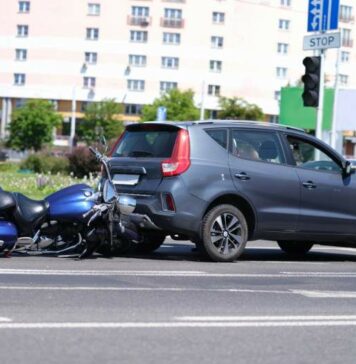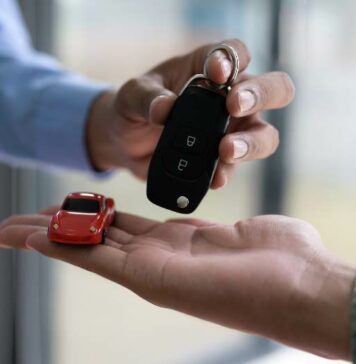Download our official App and practice on your mobile.
Overtaking at the Hill Top: Why You Should Stay Behind Vehicle B
As a driver, you’ll often find yourself in situations where you’re eager to overtake the vehicle in front of you to reach your destination more quickly. However, when approaching the top of a hill, it becomes essential to exercise caution. Here, we explain why you should stay behind vehicle B until you have crossed the hill and it is safe to overtake.
Key Takeaways
- Overtaking at a hilltop comes with a range of dangers including limited visibility and potential oncoming traffic.
- Staying behind vehicle B until it is safe to overtake is the prudent choice.
- Maintaining a safe distance and signalling your intentions are vital steps in safe overtaking.
Understanding the Danger
Overtaking at the top of a hill presents a range of dangers, some of which are not immediately obvious. Understanding these dangers can help to inform safer driving practices:
- Limited visibility: As you approach the hilltop, your visibility of the road ahead is significantly reduced.
- Unexpected obstacles: There could be stationary vehicles, pedestrians, or other obstacles on the other side of the hill.
- Oncoming traffic: There is a high risk of encountering oncoming traffic that is not visible as you ascend the hill.
The Prudent Choice: Stay Behind Vehicle B
Given the risks involved, the wise choice is to stay behind vehicle B. Doing so allows for:
- Better judgement: You can better assess the situation once you have a clear view of the road ahead.
- Safety for all: By staying behind, you ensure not only your safety but that of other road users as well.
Steps to Ensure Safe Overtaking
Once you decide to stay behind vehicle B as you approach the hilltop, follow these steps to ensure a safe overtaking maneuver later:
- Maintain a safe distance: Keep a safe distance from vehicle B to allow for adequate reaction time in case of sudden stops.
- Signal your intentions: Once you see that it is safe to overtake, signal your intentions well in advance.
- Check your mirrors: Before overtaking, check your mirrors to ensure that there is no vehicle close behind you attempting to overtake.
- Overtake swiftly but safely: Once it is safe to overtake, do so swiftly but safely to minimize the time spent on the wrong side of the road.
Conclusion
Overtaking vehicle B at the top of a hill can be a dangerous manoeuvre fraught with risks. By choosing to stay behind vehicle B until you are over the hill and it is safe to overtake, you can significantly reduce these risks, ensuring a safer journey for yourself and other road users.
Remember, safety should always be your priority on the road. Make wise decisions and ensure a safe journey for all.








